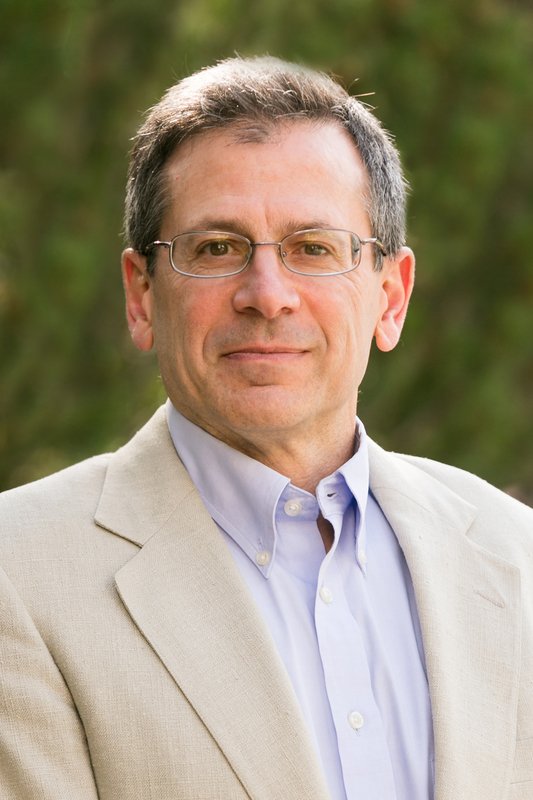Q1: What is the Biomotion Lab and when did it become a part of SPRI and The Steadman Clinic?
There was a Biomotion Lab here at SPRI up until about two years ago and there were a number of interesting studies done there. But, for one reason or another, it faded away. The director of the lab had left and the space was taken over for the first round of the Center for Regenerative Medicine when Dr. Huard moved here. I was brought in about a year ago to direct the BioMedical Engineering program here and build a new Biomotion Lab. We have been open for a few months and are continually adding new pieces of equipment and improving our capabilities with each passing day.
- Scott Tashman, Ph.D.
- Scott Tashman, Ph.D., Director, BioMedical Engineering
- Q1: What is the Biomotion Lab and when did it become a part of SPRI and The Steadman Clinic?
- Q2: What will we find in the Biomotion Lab?
- Q3: What is the BME program that you direct?
- Q4: Dr. Huard loves to use the word “collaboration” when talking about the team at SPRI and its colleagues around the globe. Do you see that being a big factor in your work in Vail and Houston?
- Q5: What is the most satisfying part of the work you perform with SPRI and The Steadman Clinic?


